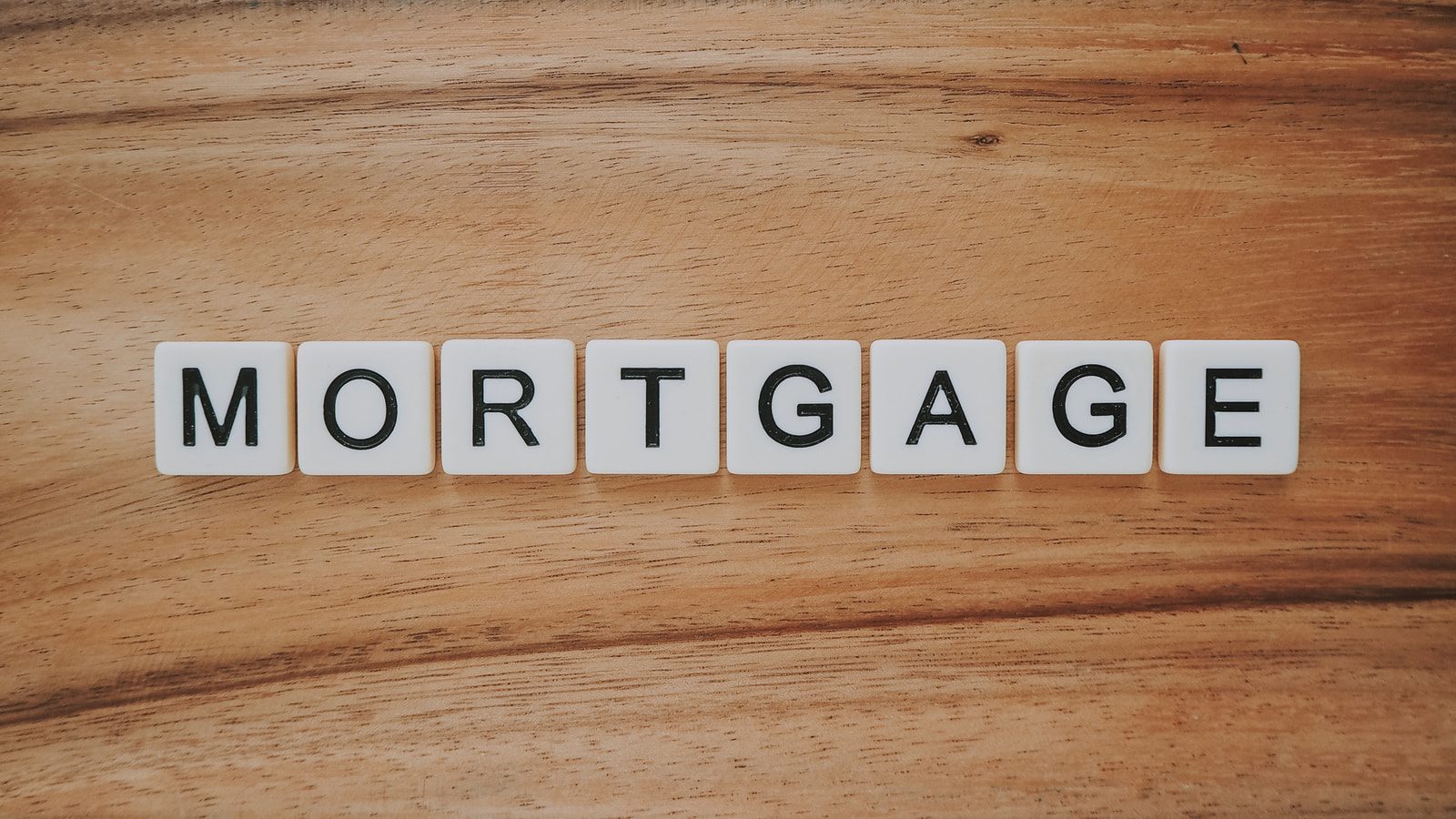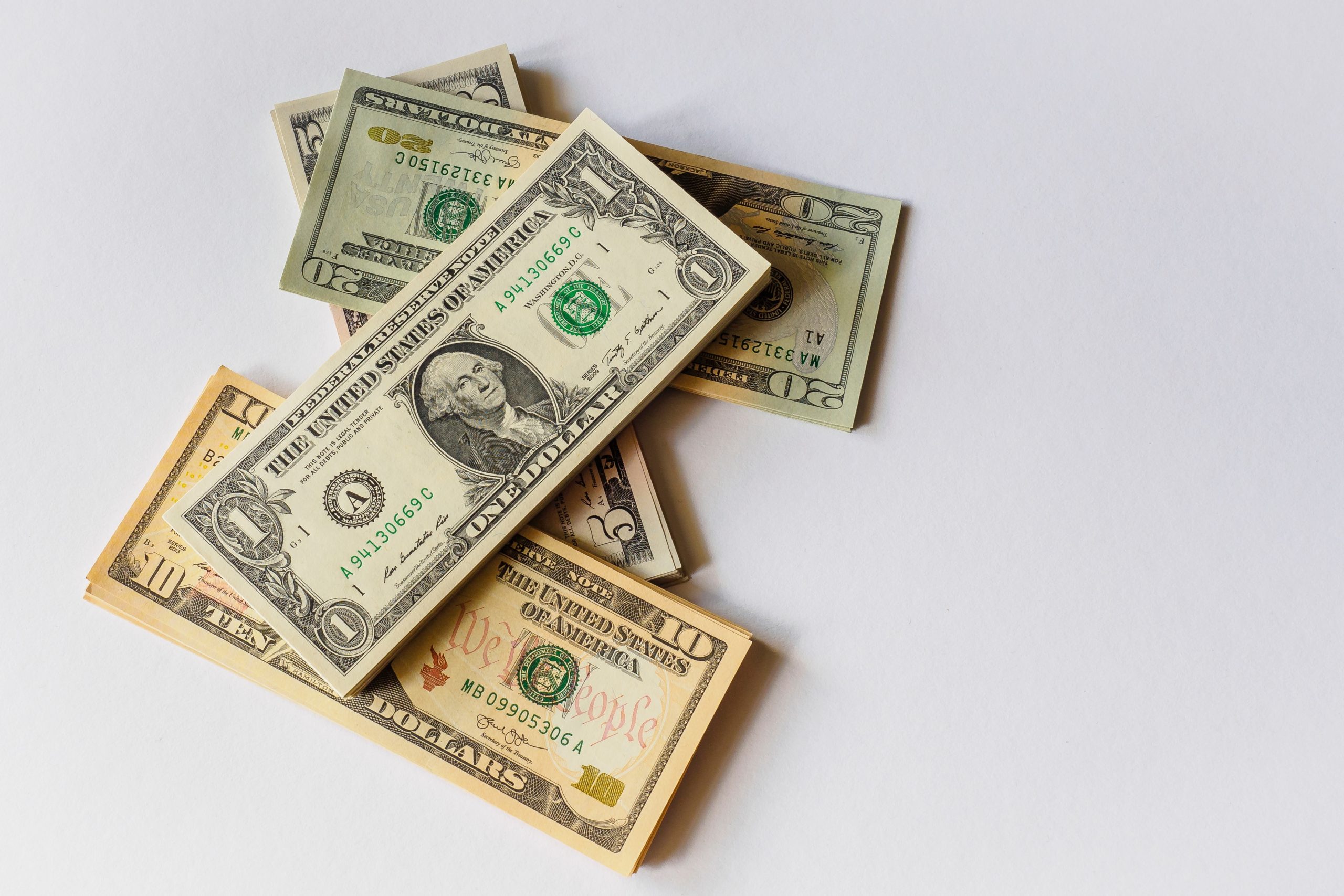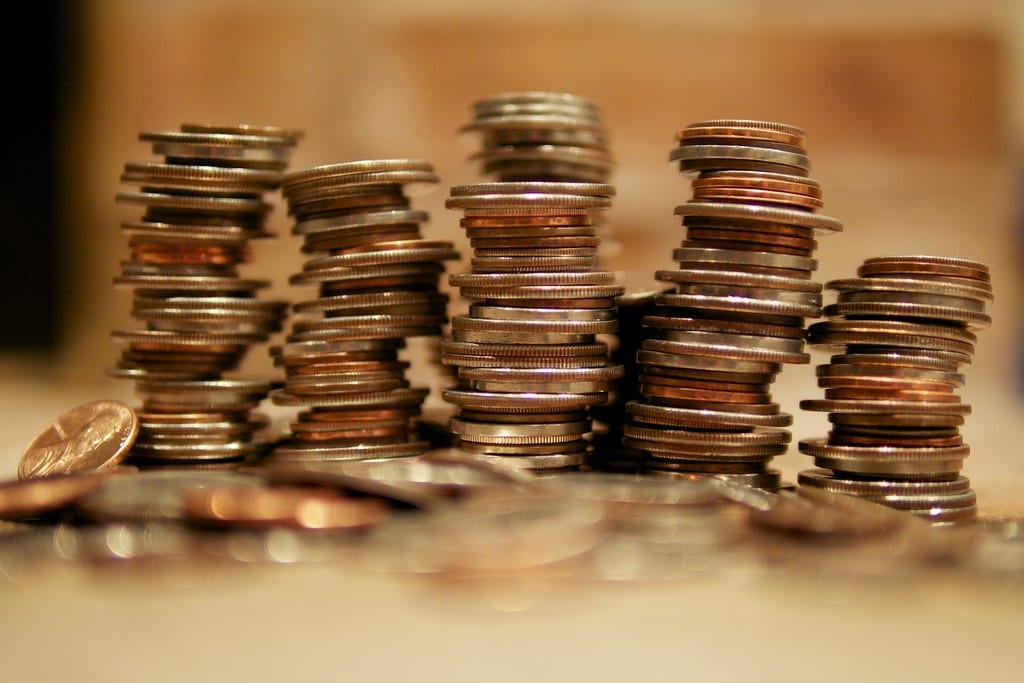Applying for a LAP or loan against property is somehow an ideal option to place your monetary worries. It can be a daunting chore when someone really wants to assess the monthly installments. However, you can resolve this matter smoothly by just utilizing a loan against a property calculator to compute your EMIs. Keep reading to understand how you can efficiently use an online EMI calculator and determine your monthly payment amount.
Before availing of a loan against property, the borrower needs to estimate his monthly installment worth, calculate interest charges and select a proper tenure period to pay off the loan amount. Now, you can solely utilize the EMI calculator for loan against property that provides accurate results instead of exercising the calculation manually.
Before we get into details of EMI or Equated Monthly Instalment calculator for LAP, let us make you understand what LAP or loan against property is.
What is Loan Against Property calculator?
A loan against property or LAP calculator is an online free tool that is available on most of the lender’s official sites. This free tool helps prospective customers to assess the monthly installments that he obliges to pay back to the lender within a specific tenure. So, when you enter all your required details like interest rates, total loan amount, loan tenure, etc., the tool suggests perfect results. Most importantly, you can get a concise idea regarding the financial planning, which you strongly require, and assess your loan repayment capacity using the online loan calculator.
Despite this, LAP enables the borrower to avail of finance by letting you mortgage a plot, land, own home or rented assets, house, etc. Hence, you can successfully satisfy your financial requirements. Nevertheless, a salaried or self-employed, or non-professional individual can avail of a maximum of 60% loan approved by the lender by mortgaging property.
Once you successfully repaid the whole amount, you can possess the property as your own. And, by any means, if you fail to repay the loan, the bank will hold the right to take possession of the property legally.
How can you use the EMI calculator?
· Firstly, enter the principal finance value
· After that, enter the interest rates provided by your lender
· Enter the tenure duration you are comfortable with, which is a culmination of 15 years in the case of LAP.
· Now click the calculate option to see the result.
You can use the calculator endless times just by feeding the details above-mentioned and receive the result instantly. Moreover, using this calculator is not rocket science. Additionally, you can use different combinations of the interest rates, principal loan value, and tenure period and get to know various prospective EMI amounts, and select the one that suits your ability. And, this online calculator is accessible 24×7.
Final verdict:
Now that you know how to use a loan against a property calculator, you can easily design your LAP plan through any authentic and suitable lender. Once you determine all these factors, you can apply for the loan. And fund your personal financial needs or business requirements sufficiently.


 3. Gambling.
3. Gambling.
